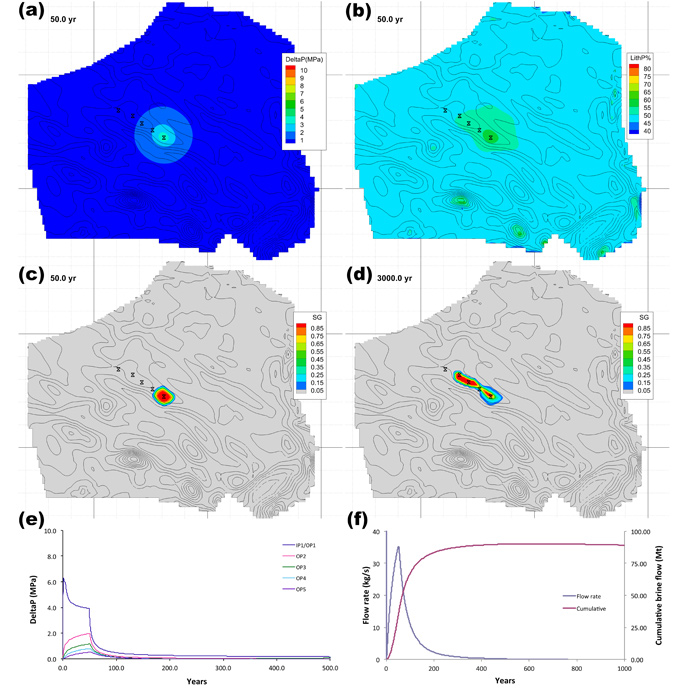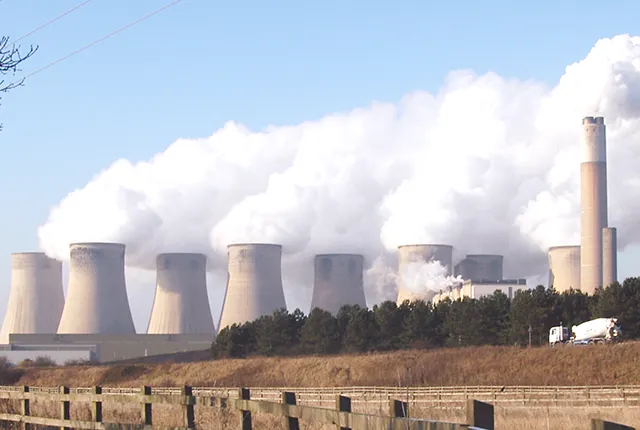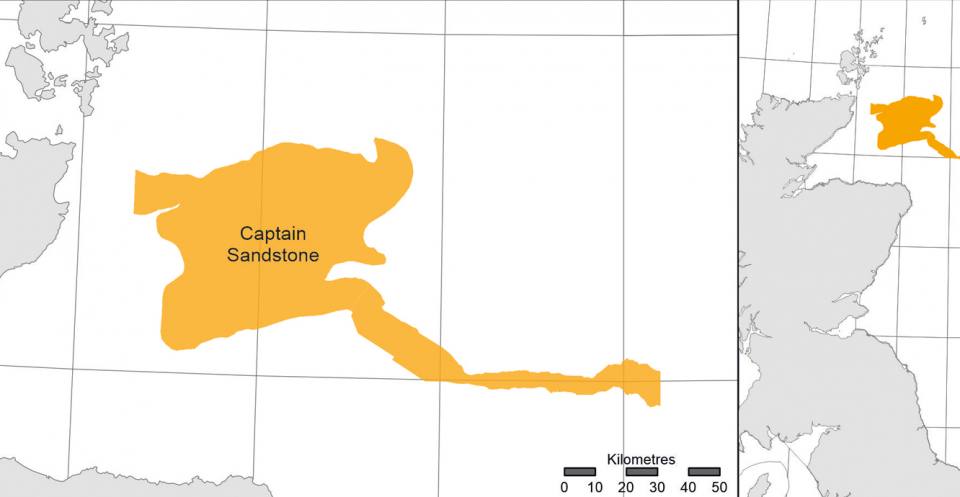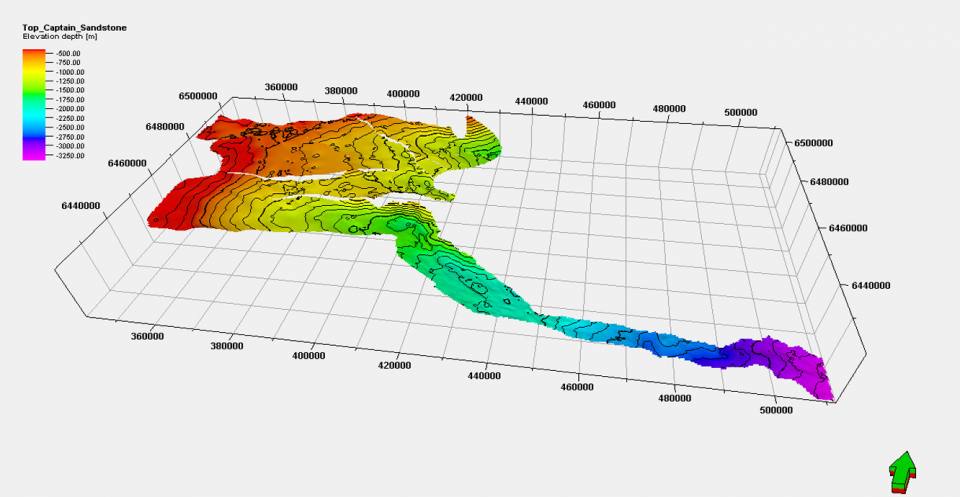Successful storage operations require rigorous site characterisation focused on risk reduction for selected storage sites. This includes demonstrating that sites investigated for storage have sufficient capacity to store the expected CO2 volumes and sufficient injectivity to receive the expected rate of supplied CO2. It will also demonstrate that the site will perform effectively and safely and inform monitoring requirements.
CO2 injection into storage sites in the UK may affect the surrounding geological strata, nearby potential storage sites and other subsurface operations (e.g. hydrocarbon extraction). This could be on a permanent or temporary basis. Understanding how multiple storage sites in a region or within the same geological formation interact during operation and following site closure will be essential when planning storage in the UK offshore.
Assessments in the UK
A practical approach is essential if prospective storage operators are to conduct fit-for-purpose site characterisation to meet the regulatory requirements needed for a CO2 storage permit. BGS-led characterisation research into a credible UK North Sea site underpins the best practice guidelines and characterisation workflow to meet the requirements of the EU CO2 storage directive presented by the SiteChar project. Characterisation of a UK site for storage in a depleted hydrocarbon field and the surrounding Captain Sandstone was sufficient to prepare a ‘dry-run’ storage permit application for review by regulators.
The immense potential CO2 storage resource that underlies the North Sea can only be fully optimised if more than one injection site can operate in a rock formation. Research led by BGS in Scottish Carbon Capture & Storage‘s (SCCS) CO2Multistore project aims to reduce uncertainties and increase confidence in the operation of two or more sites within a single, extensive sandstone formation. Generic learning from the investigation of two realistic injection sites in the Captain Sandstone is relevant and applicable to other sandstone formations in the North Sea.
The Bunter Sandstone is a rock unit in the southern part of the North Sea with folded, dome-like structures first identified as being prospective for CO2 storage by the BGS (Holloway et al., 2006). Subsequent BGS research has focused on determining aspects of the sandstone that will affect its potential to store CO2 in the future. This includes characterisation of the reservoir geometry and properties, studies of risks associated with faulting of the reservoir and overburden, and fluid flow simulations to study the storage capacity of the reservoir in more detail and to predict the response of the Bunter aquifer system to injection of CO2.

Results for a simulation using increased overburden permeability: (a) reservoir pressure increase; (b) reservoir pressure as a percentage of lithostatic pressure; (c) CO2 saturation after 50 years; (d) CO2 saturation after 3000 years; (e) reservoir pressure changes at the observation points; (f) brine flow rate and cumulative flow from the seabed outcrop.
References
Akhurst, M C, Hannis, S D, Quinn, M F, Shi, J-Q, Koenen, M, Delprat-Jannaud, F, Bossie-Codreanu, D, Nagy, S, Klimkowski, L, Gei, D, Pluymaekers, M, and Long, D. 2015. Risk assessment-led characterisation of the SiteChar UK North Sea site for the geological storage of CO2. Oil & Gas Science and Technology Review, Vol. 70(4), 567–586.
Chadwick, R A, Arts, R, Bernstone C, May, F, Thibeau, S, and Zweigel, P. 2008. Best practice for the storage of CO2 in saline aquifers — observations and guidelines from the SACS and CO2STORE projects. British Geological Survey Occasional Publication No. 14. (Nottingham, UK: British Geological Survey.)
Holloway, S, Vincent, C J, and Kirk, K. 2006. Industrial carbon dioxide emissions and carbon dioxide storage potential in the UK. British Geological Survey Commissioned Report CR/06/185N. (Nottingham, UK: British Geological Survey.)
Noy, D J, Holloway, S, Chadwick, R A, Williams, J D O, Hannis, S A, and Lahann, R W. 2012. Modelling large-scale carbon dioxide injection into the Bunter Sandstone in the UK Southern North Sea. International Journal of Greenhouse Gas Control, Vol. 9, 220–233.
Williams, J D O, Holloway, S, and Williams, G A. 2014. Pressure constraints on the CO2 storage capacity of the saline water-bearing parts of the Bunter Sandstone Formation in the UK Southern North Sea. Petroleum Geoscience, Vol. 20, 155–167.
Williams, J D O, Jin, M, Bentham, M, Pickup, G E, Hannis, S D, and Mackay, E J. 2013. Modelling carbon dioxide storage within closed structures in the UK Bunter Sandstone Formation. International Journal of Greenhouse Gas Control, Vol. 18, 38–50.
Contact
If you want to discover more then please contact Jonathan Pearce.
You may also be interested in

Carbon capture and storage
Studying carbon dioxide storage as a recognised European centre of excellence in a number of research areas.





